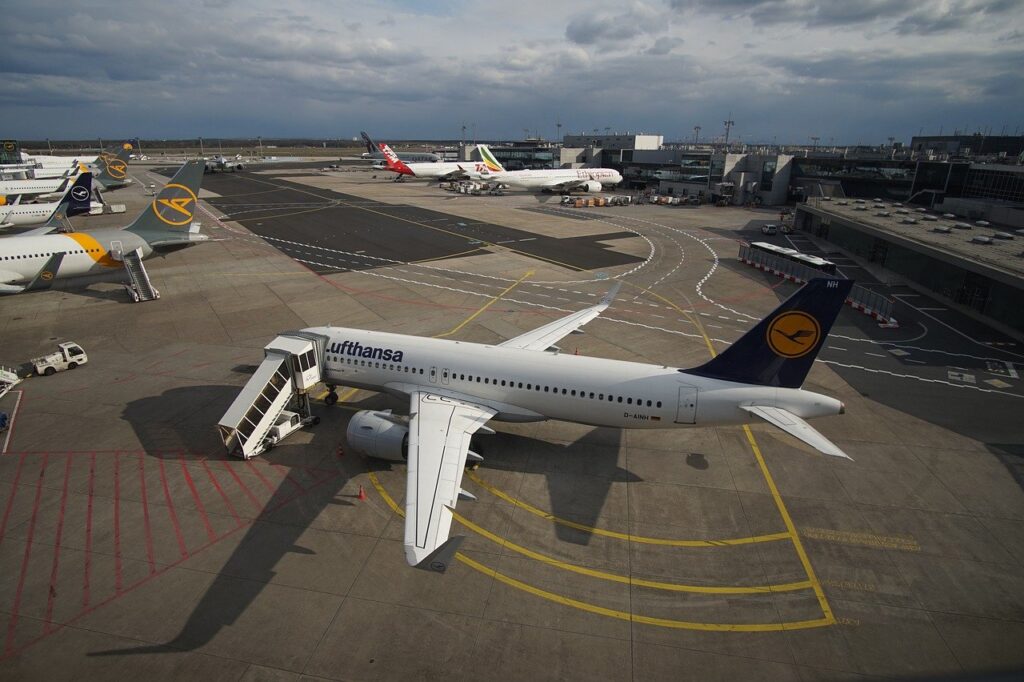What is Jet Efflux Hazard?
Jet efflux hazard is a safety concern in aviation caused by the high-speed exhaust gases ejected from aircraft engines. These exhaust gases are capable of causing significant damage to people, buildings, and other structures in their path. The hazard has been a major issue of concern for aviation authorities around the world, and several measures have been taken to mitigate its effects.
The primary risk associated with jet efflux is the potential for blast injuries, which occur when the high-velocity gases from the aircraft engines interact with nearby objects, such as people or vehicles. These injuries can range from minor bruises and cuts to severe trauma and even death. In addition, the hot exhaust gases can cause burns and ignite flammable materials, leading to fires and explosions.
To address this hazard, aviation authorities have established regulations and guidelines to ensure that airports and surrounding areas are safe for aircraft operations. For example, the Federal Aviation Administration (FAA) in the United States mandates that airports conduct regular safety assessments to identify and mitigate potential jet efflux hazards.

Safety Zones Around Runways and Taxiways
Additionally, airports are required to establish safety zones around runways and taxiways to protect people and structures from the exhaust gases. These safety zones are typically marked with signs and visual aids to warn people of the potential danger.
Several technologies have also been developed to mitigate jet efflux hazards. For example, blast fences are physical barriers designed to redirect exhaust gases away from people and structures. These barriers can be made of materials such as concrete, steel, or mesh, and are strategically placed around runways and taxiways to provide protection.
In conclusion, jet efflux hazard is a significant safety concern in aviation, and it requires continuous monitoring and mitigation to ensure safe operations. The FAA and other aviation authorities have established regulations and guidelines to address this issue, and technologies such as blast fences are being deployed to minimize the risk of blast injuries and other hazards.
References:
- Federal Aviation Administration. (2019). Jet Blast and Ground Debris Hazards. https://www.faa.gov/airports/engineering/safety_design/standards_aircraft_rescue_fire_fighting/media/Jet_Blast_and_Ground_Debris_Hazards.pdf
- International Civil Aviation Organization. (2017). Aerodrome Design Manual Part 3: Pavements. https://www.icao.int/NACC/Documents/Meetings/2017/ANSP/ANSP12/IP-01%20-%20Doc%208157%20Part%203%20-%20Pavements.pdf
- Mitigating the Hazards of Jet Engine Exhaust. (2014). NASA. https://www.nasa.gov/centers/langley/news/researchernews/rn_jetexhaustrisk.html


